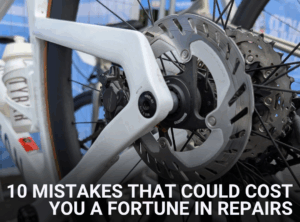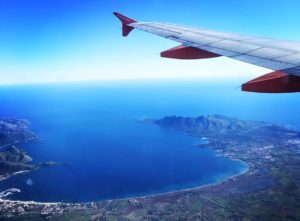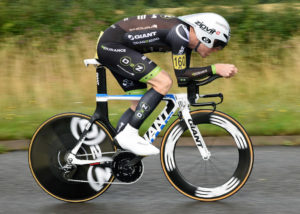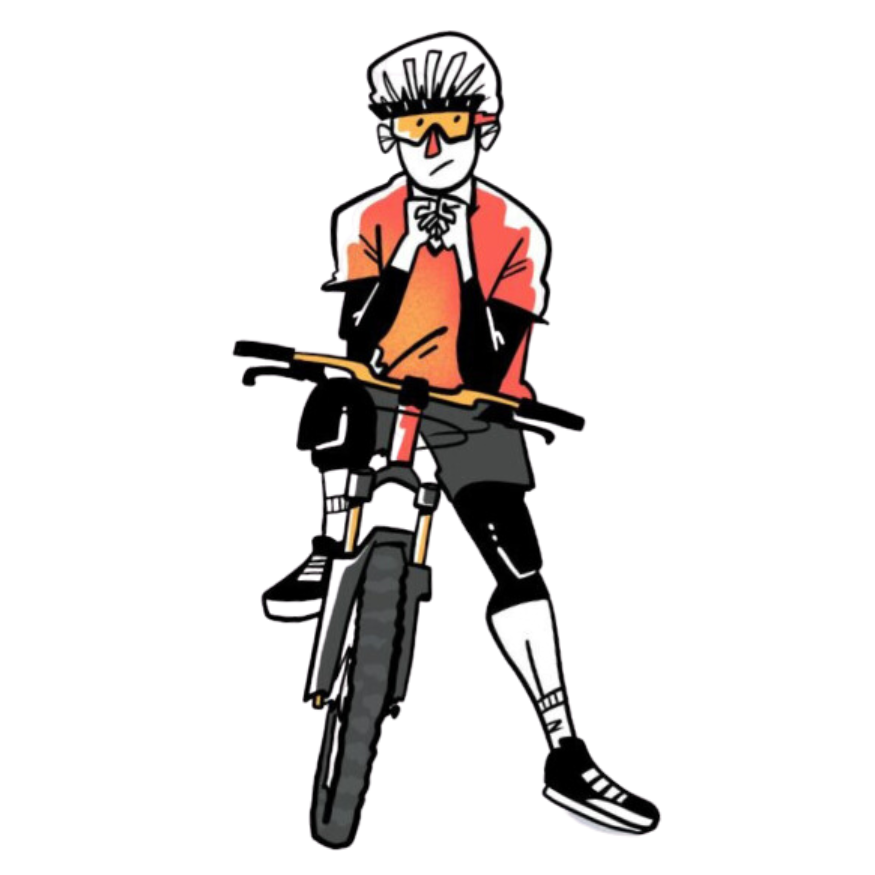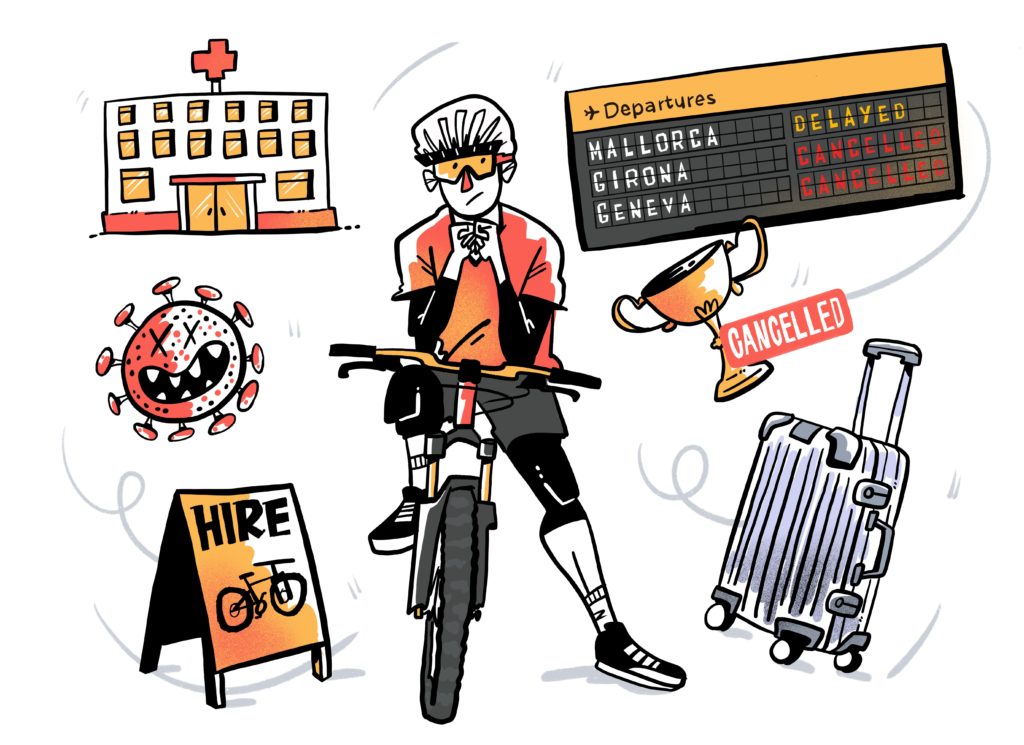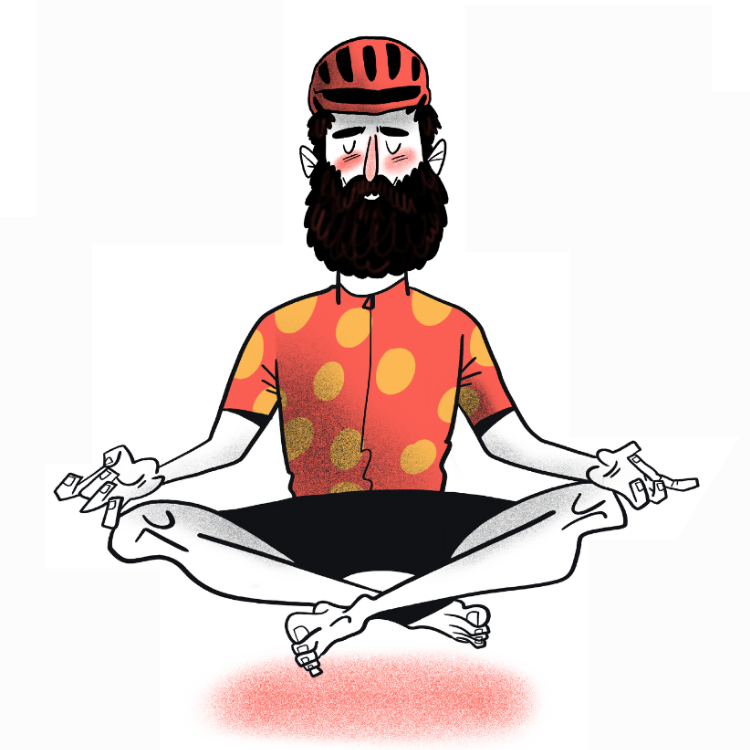The Tour de France is the biggest race on the cycling calendar, a Christmas come early for cycling fans across the globe. But let’s be honest, it’s often baffling to watch – all of the time bonuses, sprint points and unwritten rules serving solely to confuse us and make us question every second of the race.
What does that colour jersey mean again? What’s in his bulging musette? Oh my, how do the riders pee?! If you’ve ever found yourselves wondering about these kinds of things before then this is definitely the article for you. Here are 10 things we all think during the Tour de France…
View this post on Instagram
Bonjour Bruxelles 🇧🇪 #TDF2019 📷 A.S.O / @thomas_maheux / @paulineballet
A post shared by Tour de France™ (@letourdefrance) on
Why is it called ‘the Tour de France’ if it starts abroad?
For first time pro cycling viewers it can often be a little confusing to see a race called ‘Le Tour de France’ actually get underway in a different country altogether. But that’s just cycling for you, it doesn’t tend to follow any strict rules, just strange unwritten ones.
The Tour has been hosting its Grand Départs further and further afield since it first ventured abroad in 1954 to Amsterdam in the Netherlands. These Grand Départs are held in different countries largely to drum up some international support for the race, as well as increase tourism and drive economic activity in the host area – a win-win situation for all involved.
What’s in his musette?
In English, musette roughly translates to, ‘little food bag full of goodies’. These musettes will be handed out to riders by soigneurs standing at the roadside, often within one of the stage’s designated ‘feed zones’.

Sometimes these bags can look disappointingly empty and other times full to bursting – but just what do the riders ask the soigneurs to put in their musettes? Energy gels, rice cakes, carb-loaded bars and recovery drinks are common, pork pies, cold pizza and a can of Stella Artois less so.
How much would one of those old and/or derelict chateaus cost to buy?
There are always a couple of days on the Tour where the action just refuses to pick up – often on the long, transitional sprint stages that cross through France’s flat and boring countryside. Rather than flick through the channels however, we start to play everyone’s favourite mid-stage-lull spotting game – ‘chateau watch’!
The commentators and helicopter pilots often help us out, spying the grandest and most regal chateaus for us all to gaze upon, and regaling carefully prepared histories while the riders bimble along. But how much would one of these beauties cost to buy? Just a brief flick through ChateauxR’Us.com tells me you’ll need to drum up around €2,000,000 to €10,000,000, so best start saving your pocket money now.
Who’s the oldest rider to compete in the Tour?
As we watch fresh-faced riders zip up lung-busting gradients seemingly without breaking a sweat, we’re often left thinking, ‘could I still do that’? The answer is almost definitely not – there’s no way we’re going to be able to wind back the clock and regain the powers of youth.
But what if we were to enter the race right now; how would we fare? Well, the oldest competitor to ever ride the Tour was Henri Paret in 1904 at the grand old age of 50. For some of you reading this article that will come as great news, for others, not so much.
How many calories do these guys burn in a day?
The Tour de France is often regarded as the toughest mainstream endurance event in the world, riders pushing their bodies to the absolute extremes day in, day out for three whole weeks. Such a mammoth effort clearly requires a ton of calories.

On an ‘average’ stage, a rider will get through anywhere between 4,000 and 6,000 kcal. On a tough mountain stage, some riders may burn upwards of 8,000 – that’s enough to feed four fully grown men for one day. If all of the riders who start the race were to finish, the peloton – as one giant, calorie-gorging entity – would burn through a massive 20.79 million calories over the course of the race.
That’s 51,975 slices of Victoria Sponge…
Just how fast is a sprint finish?
There are few things more exhilarating in cycling than watching a sprint finish, perhaps the only thing that’s more exhilarating is being in one yourself. From head on it’s really tough to actually judge the speed, the hectic melee and tangling of long, spindly arms throwing off any kind of speed perception. But from side on you really notice it as the riders fly by like a low-flying jet, the displacement of air around their bodies enough to pull you in closer over the barriers.
If the final kilometre of the stage is optimal for a sprint finish – we’re talking a wide, flat and straight road, surfaced with exquisite tarmac – then the top sprinters can expect to reach speeds of 77km/h, which is roughly the same speed as an African Lion running at full tilt.
What do they talk about in the breakaway?
Whether a stage is flat or mountainous, wet or dry, long or short, a handful of crazed individuals will offer themselves up to the breakaway gods. Sometimes, especially on fast stages in the mountains, there’s no time for the riders in the break or peloton to settle down and start sharing stories among one another.
On the long transitional stages it’s a different story however, riders in the bunch and up front will often be caught by the TV motos engaging in enthralling conversations about the ‘good ol’ days’, sometimes even singing to one another.

What do the riders do on their rest days?
Everyone likes to do something different on their two well-deserved rest days, but most riders do end up going for a short ride – up to an hour or two just to keep the legs spinning. These rides help to keep inflammation at bay and make sure a rider’s muscles are ready for another hard day in the saddle…or six.
Going for a ride on a rest day is a relatively new phenomenon however; before the 21st century a lot of riders used to take rest days quite literally. Mario Cipollini was a renowned beachgoer and loved nothing more than a relaxing sunbathe between stages. But perhaps the weirdest rest day ritual goes to Henri Cornet, the 1904 Tour de France winner. He would spend his rest days consuming 11 litres of hot chocolate, 4 litres of tea, a whole bottle of champagne, and 1.5kg of rice pudding. Clearly a recipe for success.
How do the riders pee?
Stopping for a roadside wee while out on the weekend club ride often seems like a nigh on impossible task, so how on earth do the pros do it in a peloton that often exceeds 180 other riders?
Usually riders will wait for a lull in the race to call a nature break and, more often than not, other riders will follow and mutually agree on a ‘pee parley’. They’ll filter to one side of the road, roll down the bibs and…do you need any more description?
Sometimes, however, not all riders will abide by the ‘pee parley’ and at the first sign of a rider radioing in for one of their teammates to come and accompany them to nature’s bathroom, they put the hammer down and attack. Such a move comes under the definition of ‘Giving it the big hoon’.
Examples of G.I.T.B.H in action.
Attacking through the feed zone = Big Hoon
Attacking with such severity you accidentally drop a teammate = Bizzle Hizzle, good sir
Pedalling so hard for a bit that when you stop you fall over and have to have a breather = Hoonus Maximus— tom owen (@tomowencc) May 24, 2019
Why isn’t there a women’s version?
Good question and probably deserving of a full, feature length article. There was a women’s Tour in the 80s but it was short-lived, largely due to the organisers having to scramble for sponsorship every year after the Société du Tour de France continually hit them with copyright infringements and lawsuits.
Today there’s a women’s race during the Tour called La Course which has drawn a lot of attention over recent years but has never really taken off like many would have hoped. This is a grand shame as it’s this event that has arguably produced the best ever finish to a race in recent times – when Annemiek van Vleuten beat her compatriot, Anna van der Breggen, after a slow-motion sprint finish.

As women’s racing continues to garner more interest and equality, it’s unlikely to be long before we have another French Grand Tour for us fans to feast our eyes upon. Fingers crossed!
What are some of the things you think about during the long hours spent watching the Tour de France? We’d love to hear them, just drop us a message on Twitter or Facebook.
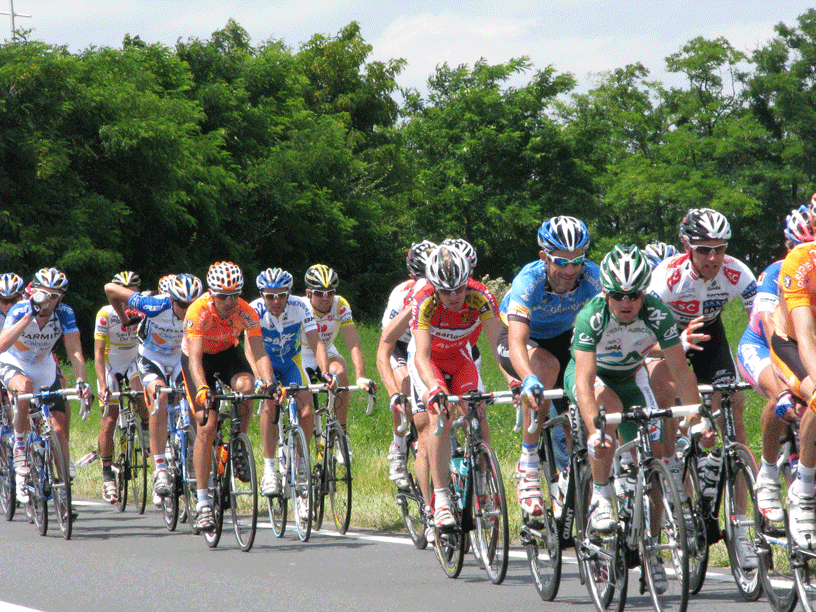
By Kittypics – Own work, CC BY-SA 3.0, https://commons.wikimedia.org/w/index.php?curid=4354117



